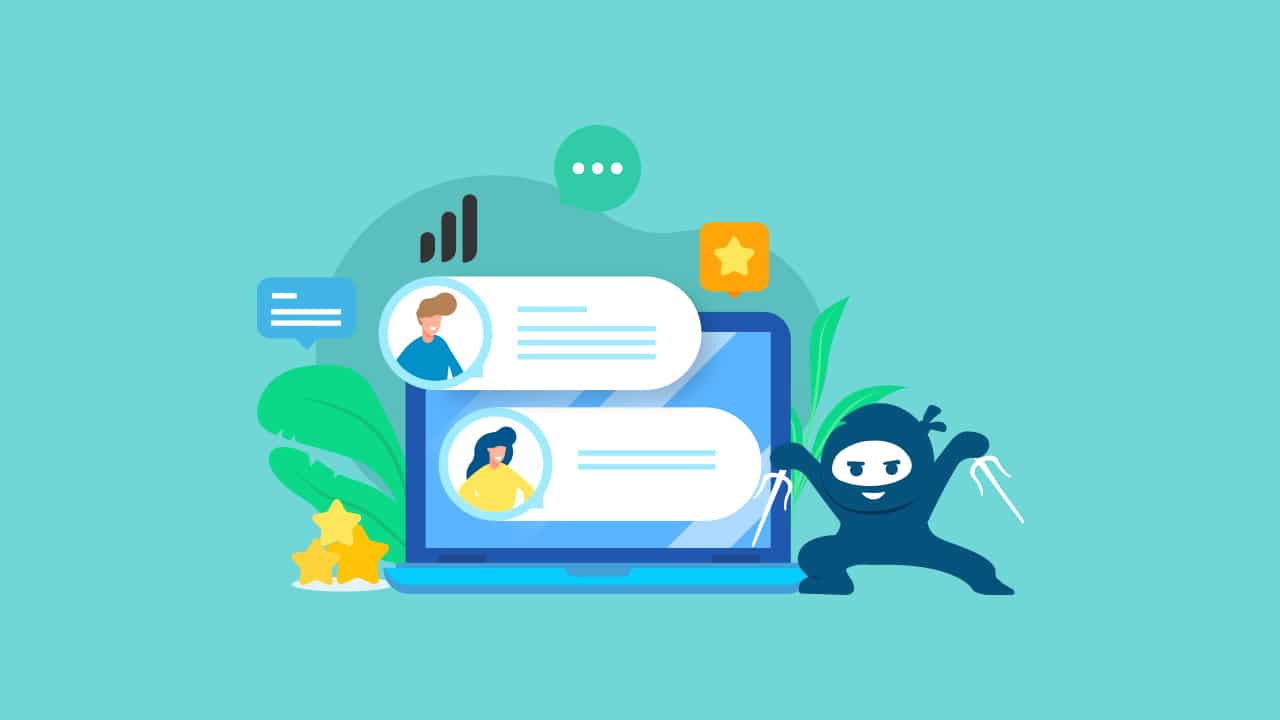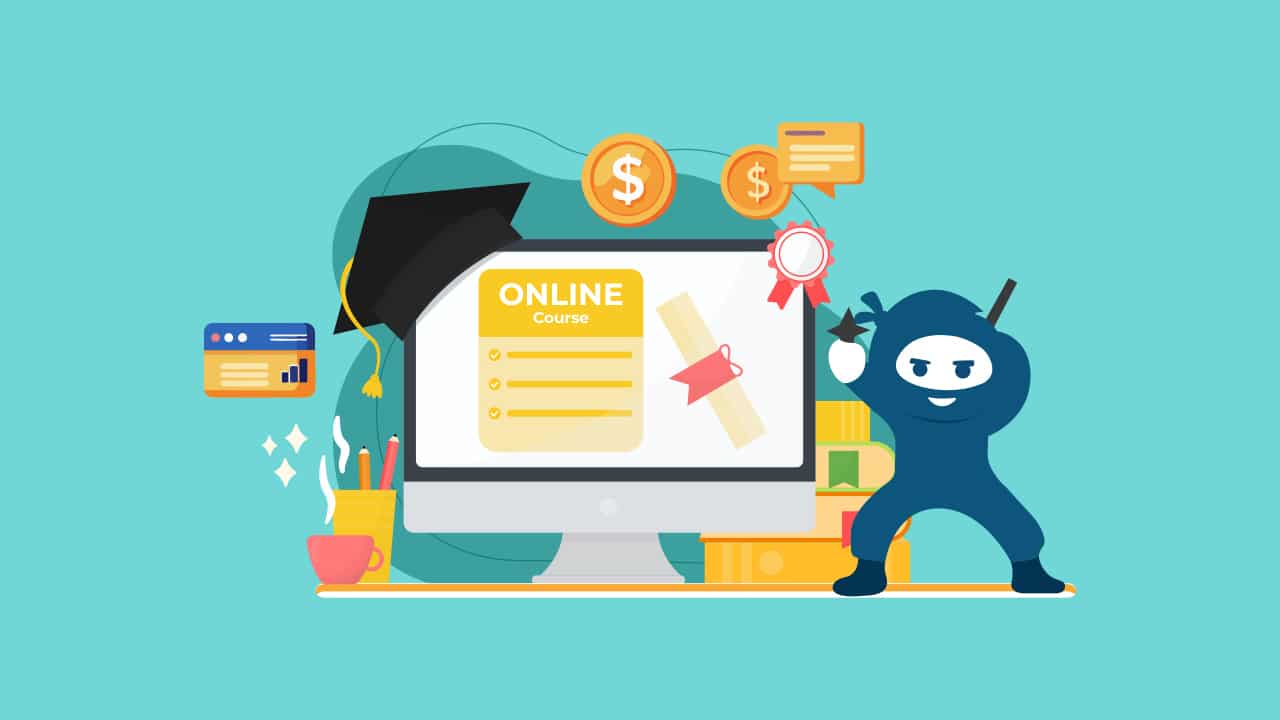Effective communication is the foundation of any successful online learning program. Students who feel connected and involved with their instructor and peers are more likely to completely participate, contribute feedback, and ultimately benefit from the course.
Fortunately, the LearnDash LMS platform has a strong set of built-in communication options that enable teachers to keep in direct contact with students. LearnDash allows for continuing interactions that improve the online learning experience, including announcements, email notifications, discussion forums, and direct chat.
In this article, we will look at the main ways to communicate with students on a LearnDash site. You will learn the best ways to use email, announcements, social media integration, forums, and feedback tools to create an engaging learning community.
By effectively leveraging these communication channels, you can increase student satisfaction, boost engagement, and foster an engaging environment that leads to greater educational outcomes. Let’s take a look at how you communicate with students in meaningful ways using the LearnDash LMS’s communications functionality.
Methods for Communicating with Students
Once you have set up your LearnDash LMS site, you should consider how to best connect with your students. Open ways for exchanging information, updates, LearnDash chat, and feedback as well as facilitating discussions, are crucial to student achievement.
Various built-in tools and integration choices enable you to communicate with your students in meaningful ways. Let’s look at some of the key communication techniques accessible and best practices for using each one:
Email Notifications
Configuring automatic email notifications prompted by specific occurrences is an excellent method to keep students updated. For example, you can set up emails to be delivered when a new lesson is published, an assignment deadline approaches, or a new quiz is available. These frequent updates indicate your dedication to keeping learners informed.
Emails also allow you to reach students directly in their inboxes with relevant, personalized content. You can customize notification emails to speak directly to the student and focus on what is most important to their progress. Well-written emails personalize communication and improve instructor-student connections.
Announcements
Posting announcements is an efficient way to get essential or timely information out to students. Add-ons such as LearnDash Announcements Pro allow you to customize announcements to appear directly on course, lesson, topic, or quiz pages, where students can see them.
An “Announcement” tab is added on the front end of every course page and announcements can be scheduled to be visible during specific dates and times. Announcements allow you to emphasize important changes, reminders, or other information you want students to read. To achieve the best results, keep announcements concise, scannable, and focused on the most important details.
Discussion Forums
Discussion forums allow for continuing conversations and involvement among students, educators, and the larger learning community. Learners can ask questions about course concepts, discuss them in-depth, and engage with their classmates in meaningful ways.
As an instructor, you must actively participate in these discussions to advise students, contribute insights, and demonstrate your dedication to fostering a positive learning environment. Platforms such as BuddyPress and BuddyBoss also allow you to effectively integrate social forums into your LearnDash LMS, increasing engagement.
Buddyboss also incorporates a social network into the learning experience, allowing users to share updates and testimonials, connect with their peers, and engage in real-time discussions.
LearnDash Chat
Direct, private messaging or LearnDash Chat between instructors and individual students is extremely useful for personalized communication.
You can even use messaging to set up “virtual office hours” during which you are available to answer pressing questions, solve problems, and give feedback. It is crucial for students to feel that they can reach out to the instructor whenever they need help, especially in online classes.
Responding promptly to messages also improves the student experience. Set expectations and aim for prompt responses so that students know they have assistance throughout their learning journey. If feasible, specify when you will generally react to communications (e.g., within 24 hours).
Messaging allows shy or reluctant students to ask questions they would not be comfortable asking in public. It also allows you to provide tailored feedback and coaching based on each learner’s specific requirements and progress.
If you are looking for the best tool to implement messaging you should consider the LearnDash Course Chat add-on to offer one-on-one discussions between students and instructors or administrators. This add-on implements a special discussion tab at the front end of your course pages, allowing students and administrators to communicate in real time.
When using private communication channels, ensure that you maintain professionalism and suitable boundaries. Overall, direct messaging is an excellent approach to strengthen instructor-student relationships and let students sense your presence and support, even if conversations are virtual.
Social Media Integration
Integrating social media into your online course is a great method to broaden your reach and maintain ongoing engagement with students. Start by including links to your social media profiles, such as Facebook, Instagram, and Twitter, in your course materials and teacher bio. This enables students to engage with you on these platforms and continue the learning dialog in a more social setting.
You can also use the Buddyboss theme with LearnDash to create your own educational social network on your site. This gives you the perfect platform to share fascinating course announcements, discussions, and student testimonials on your social media networks. This content engages both enrolled students and your larger audience. Stay engaged by responding to student tweets and discussing course topics on social media. This demonstrates that you are engaged and makes the learning community more alive.
Social media networks expand your ability to communicate beyond only registered students. Prospective students can learn about your course and brand by following your social profiles and engaging with the material.
Just be sure to be as professional in these public forums as you would in the course itself. When used carefully, integrating social media opens up fascinating new opportunities for engaging with students, expanding your audience, and improving learning results.
Student Feedback Surveys
Regularly collecting feedback from students is essential for determining whether your course is meeting their requirements and attaining learning objectives. Conduct occasional surveys to measure overall attitudes toward the learning process.
In the surveys, you ask specific questions about what works well and where students succeed or struggle. Allow them to make open-ended comments elaborating on their points. With this immediate input, you can make responsive modifications such as updating course materials, adjusting teaching methods, providing extra resources as needed, and ensuring an excellent learning experience.
Feedback is an essential component of teacher-student communication. While teachers are frequently given means to provide feedback via grades, emails, and comments, students are not always able to interact effectively in online education. Tools like the LearnDash Feedback Pro add-on can help with this process. This add-on enables students to provide feedback on courses, lessons, topics, and quizzes, including star ratings and written comments.
When students realize that their voices are not only acknowledged but also acted upon, they gain trust and confidence that you are committed to their success. Instructors who are in sync with real student feedback can identify problems early and continuously improve the value given.
Consistent two-way contact via feedback loops holds instructors accountable and students engaged in the process. Use surveys as a powerful communication tool to create the greatest possible online learning experience.
Monitoring and Improving Communication
Implementing multiple communication channels is a good start, but it’s also important to constantly analyze their effectiveness and make adjustments over time. Continuously tweaking your techniques will result in improved engagement and learning outcomes.
Analyzing the effectiveness of communication channels
- Tracking engagement data such as open rates, click-through rates, and reactions can demonstrate how effectively students receive and respond to email notifications and announcements.
- Evaluate which types of updates gain the greatest attention. Monitor participation levels in discussion forums, social media comments/shares, and other interactive communication channels. High engagement indicates that students find value in the channel.
- Examine all feedback data from surveys and direct messaging. This qualitative feedback examines the genuine impact of your communication strategies from the student’s perspective.
Addressing Communication Challenges
- Even across multiple channels, frequent issues might develop, such as students missing important updates, disengaging over time, or lacking the appropriate means to express problems. Technological concerns and impediments to distant interaction may also provide challenges.
- Be proactive in removing these barriers by streamlining communication processes, creating flexible feedback loops, personalizing messaging, and using automation technologies whenever possible.
- Continuously collect insights from data and student input. Then, tweak techniques to improve communication efficiency and impact.
LearnDash Chat And More Ways to Communicate
Developing sustainable communication isn’t something you can do once and forget about. As courses evolve and student demands shift over time, consistent monitoring and adjustment are essential. Proactively resolving issues will help to create an engaging, responsive learning environment.
Start applying these communication best practices immediately and watch your LearnDash course grow! If you require assistance, our LearnDash experts at WooNinjas are available to help you every step of the way.
In the bustling digital marketplace,



